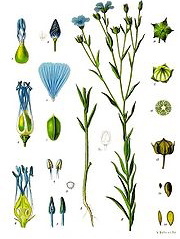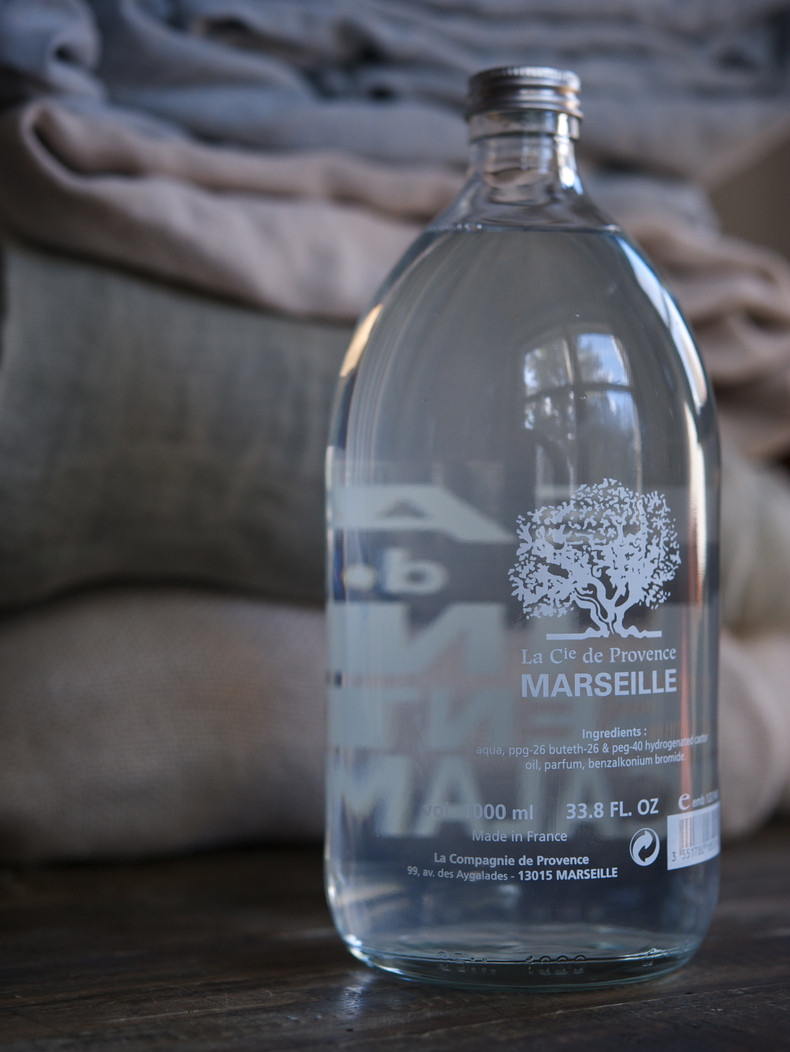2.9.10 Rest Up
I get so distracted with the whole cooking and eating thing that I sometimes forget this blog is supposed to extend beyond that. Let me pick my head up from my plate for a moment and share some of my other passions. I know I sound a little like Joan Crawford when I say this ("No more wire hangers!!"), but I only sleep on linen sheets. Or rather, I prefer to sleep on linen sheets only, with perhaps the odd cotton voile sheet tossed into the mix in summer. I discovered linen sheets about a dozen years ago when I went to an Archipelago sample sale. Around the same time, I began shopping at the now-defunct, much-missed SoHo boutique Ad Hoc. (One of the owners, a marvelously chic Englishwoman, now works at Aero on Broome Street.) Anyway, this made for a perfect storm of linen sheets, and I have never looked back. I love linen's organic quality; the way it gets softer and softer; its wonderful dry hand. I would never iron my linen sheets. I like that slightly rumpled quality. I hate a starched bed. Sateen sheets make me want to vomit. (They are so slimy!) And don't talk to me about thread counts. Egyptian cotton? Puh-leeze. Want to know what the Egyptian elite were really into? In 1881, the tomb of the Pharaoh Ramses II was opened and his linen wrappings were discovered, still in a state of perfect preservation after more than 3,000 years.

Here's your little linen primer:Linen is made from the fibers of the flax plant, Linum usitatissimum. It is labor-intensive to manufacture, but is valued for its exceptional coolness and freshness in hot weather. Highly absorbent and a good conductor of heat, linen feels cool to the touch. It can gain up to 20% moisture without feeling damp and is the strongest of the vegetable fibers, with 2 to 3 times the strength of cotton. It is a very durable, strong fabric, and one of the few that are stronger wet than dry. Smooth and lint-free, linen gets softer the more it is washed. It has poor elasticity and does not spring back readily, explaining why it wrinkles so easily. Natural linens range in color from shades of ivory and ecru to tan or grey. Linen is relatively easy to take care of, since it resists dirt and stains.Over the years I have purchased linen sheets from Archipelago, Aero (not the store) and Garnet Hill (a former client). My two favorite sources currently are Matteo (California) and Society (Italy). Linen sheets are not cheap but they last a very long time and are worth every penny, in my estimation. I care for mine by washing them in cool water and drying them on low. I don't have a good spot for a clothesline in my yard or I would dry them outside in the warmer months to get that lovely meadow scent. Instead, I spritz them with this lovely, lavender scented water from Compagnie de Provence. You can spray it directly onto your sheets, no problem. I also pour some into the water of my clothing steamer. (What--you don't have a clothing steamer?! I'l tell you about that later.)








1 Comment